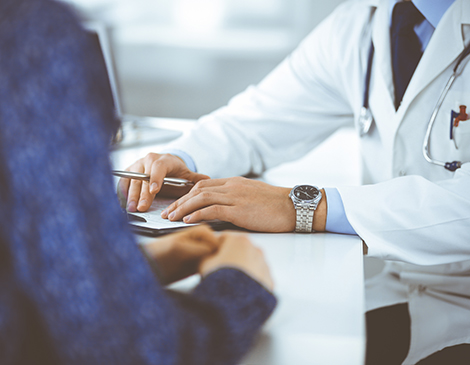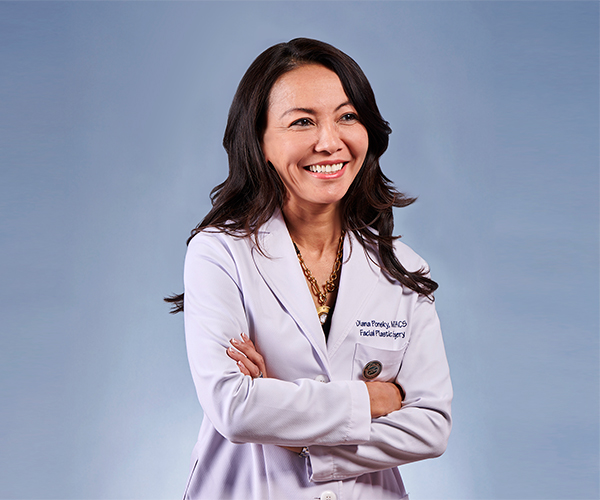While COVID-19 remains a gray area in terms of knowledge, it has not stopped doctors from creating innovative ways to beat the odds. In April 2020, the department of emergency medicine at University Hospitals introduced a home-monitoring system for patients to safely recover in the comfort of home. The Masimo SafetyNet system is a watch-like device that monitors a patient’s oxygen levels and respiration rate from the wrist and fingertip. With the help of emergency department physician Dr. Riley Grosso, who won the patient safety award from the Ohio Hospital Association for her work, the “Guardian Angel” method was able to conserve hospital beds, provide a safe recovery for high-risk patients and scale across emergency departments at all University Hospitals. We spoke with Grosso about her contribution.
Q: What was your role as a key contributor for the home-monitoring system?
A: I jumped on the team and helped write the monitoring protocols. Since it was a new technology, I also made a video on how to apply it to patients. I was one of the doctors who people would call for help with the system and monitor home issues when we first got it off the ground until we could get a more regular cadence. A large part of my contribution was helping Masimo develop the dashboard for what important information needed to be included and visible, as well as when the alarm systems should sound.
Q: When hospital beds were needed the most, did this system offer a solution to the problem?
A: Yes, especially at the beginning, when we didn’t know who was going to get sick and who wasn’t. There was a desire to want to keep everybody who was diagnosed with COVID-19 in the hospital, especially the high-risk patients. The home-monitoring system allowed for them to be discharged and keep beds open for those who needed hospital resources. Not everybody is on a continuous oxygen monitor the entire time they are in the hospital because that’s not a resource we have available to every patient. So, we started putting these devices on patients who were in the hospital as well, and it expanded our ability to have patients who had oxygen problems.
Q: Why is this method still so important now?
A: The Delta variant is treating people differently than the original COVID-19 variant that we saw. It’s still an unpredictable disease process. We’ve been treating heart attacks for years; we have not been treating this disease as long in comparison. Instead of telling a patient that we’re unsure of what will happen, the monitoring system allows us to say, “I have an eye on you while you’re at home. I can tell you to come back and hopefully catch you before you feel really sick.”
Q: What does this system mean for the future of home-monitoring?
A: That initiative is already being rolled out at University Hospitals. I know they’re using this technology to send home patients who have other disease processes such as chronic obstructive pulmonary disease and congestive heart failure. Home nursing and paramedics are used to doing vitals checks and delivering medications that would normally be delivered in the hospital. So, the home-monitoring system was the pilot for that and was born out of necessity. Now, it’s being used for other disease processes, along with remote blood pressure cuffs and other remote monitors.
Q: What was personally significant about developing this piece of tech?
A: In a time where it was difficult from a physician’s perspective, we weren’t able to do much since the public health measures were not as effective for a variety of reasons. It was really important for me to do something, and this felt like I was sending patients home reassured. One of the first patients we put on this system was a COVID-19 patient who had severe MRDD and couldn’t be away from his family. We weren’t allowing families to come to the hospital, and this provided a way for his family to know that he wasn’t getting sicker.




